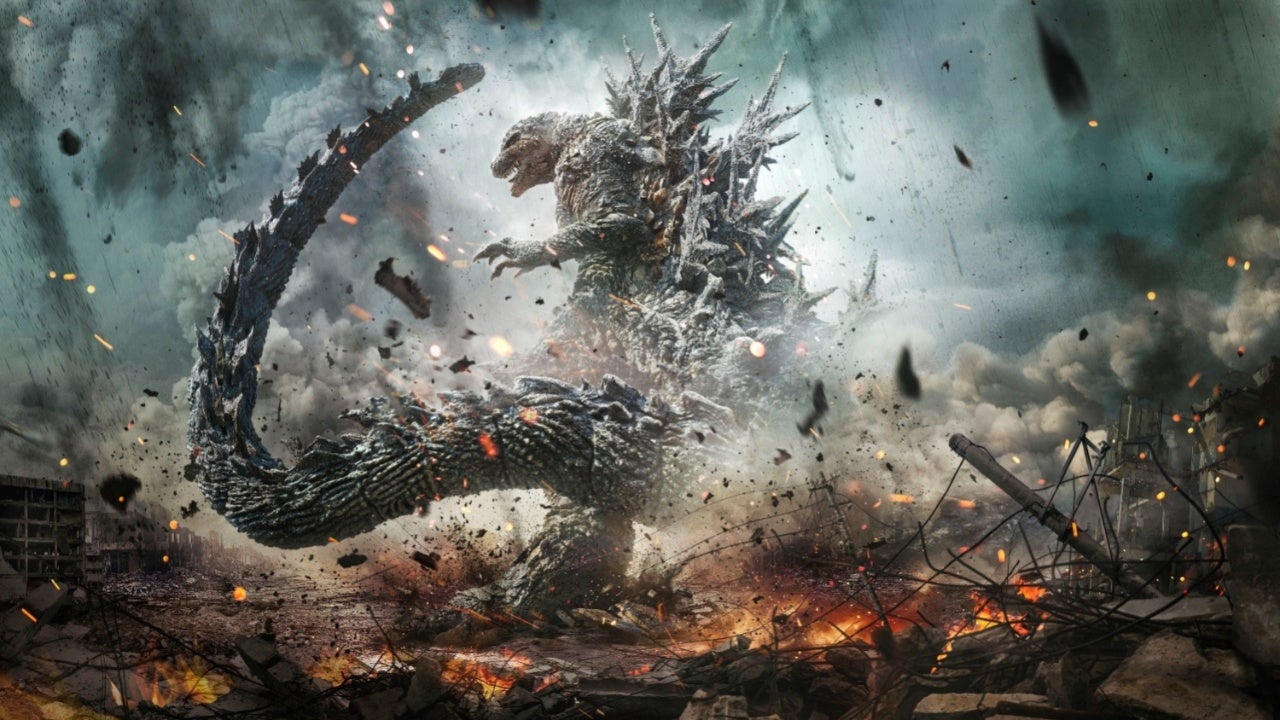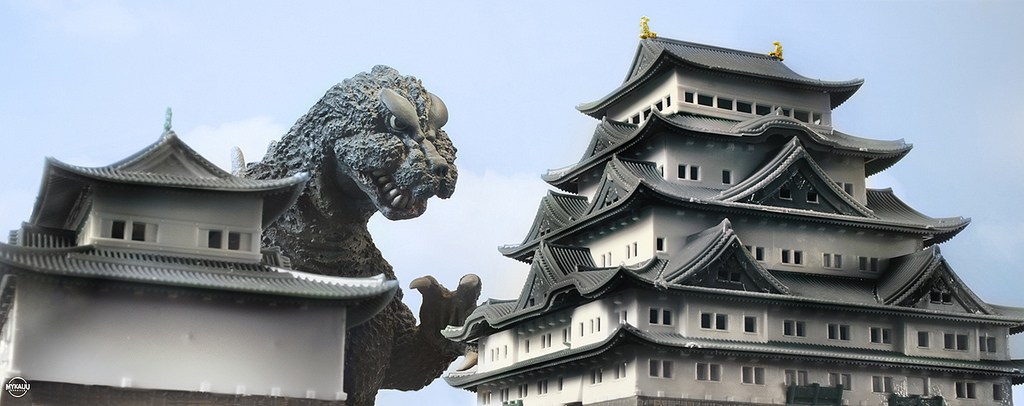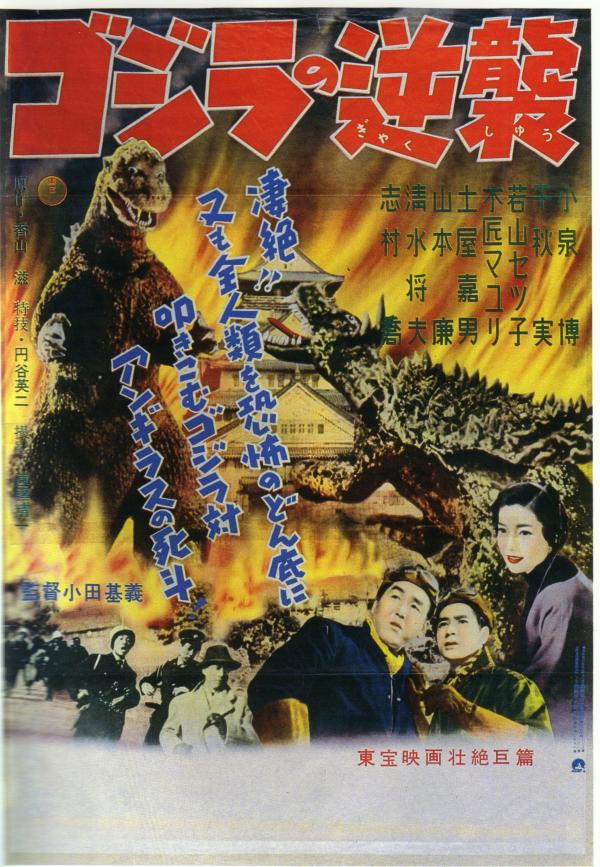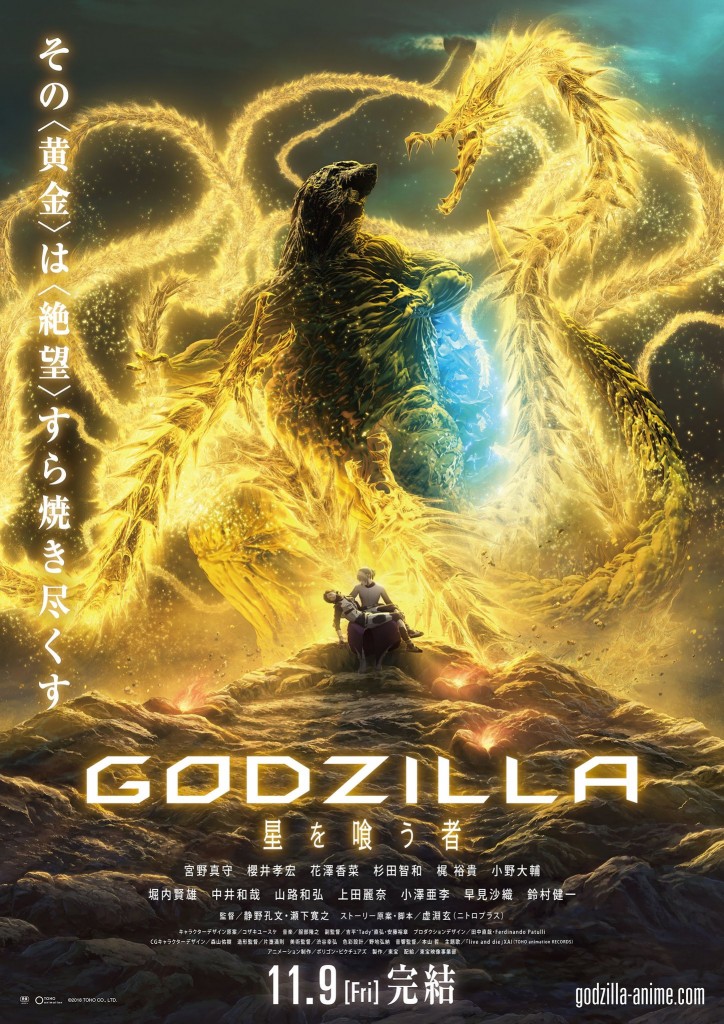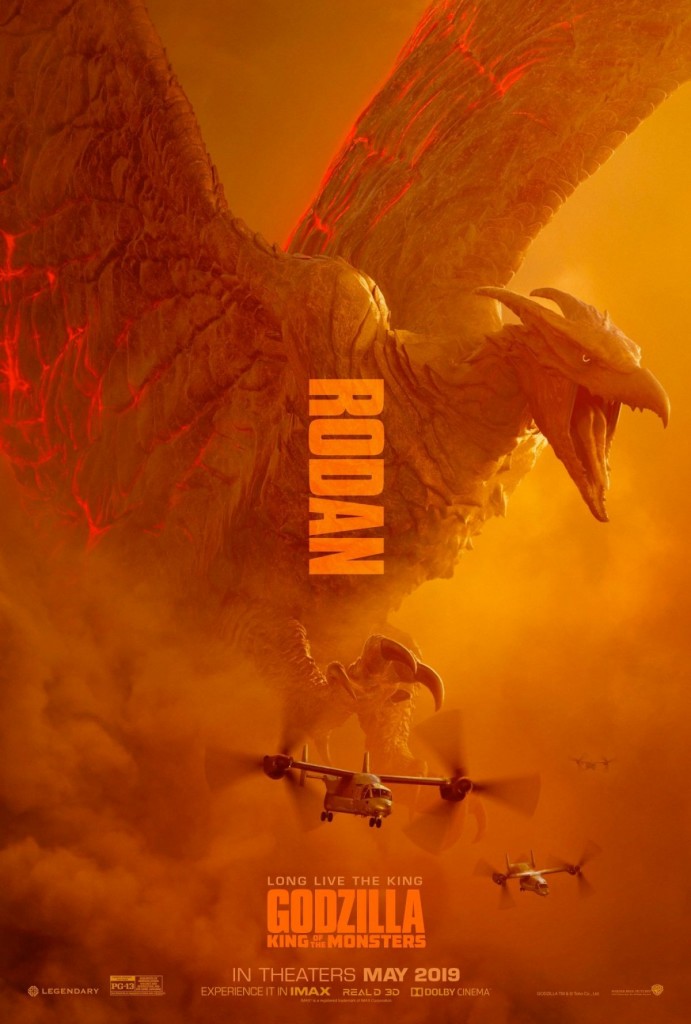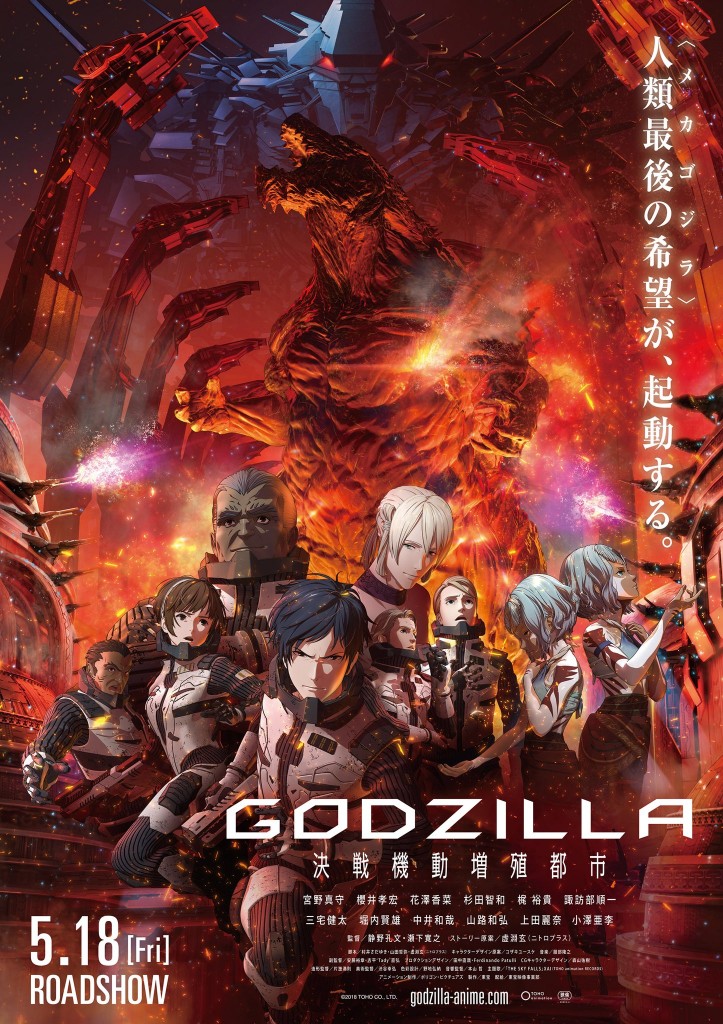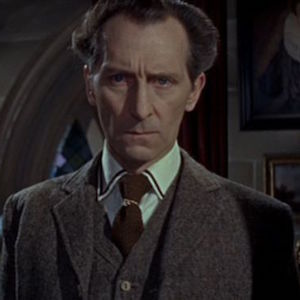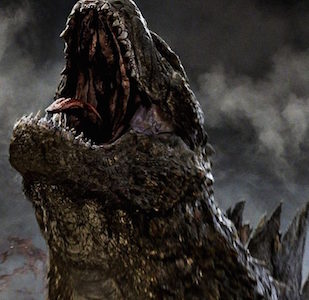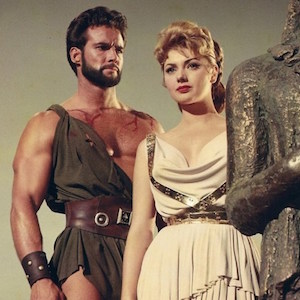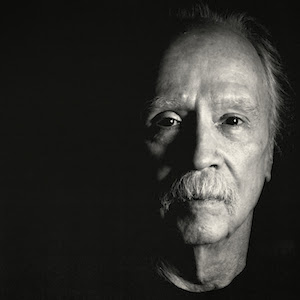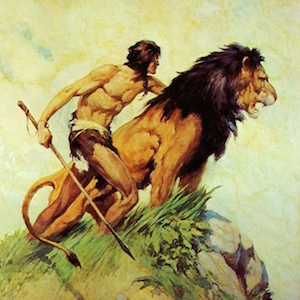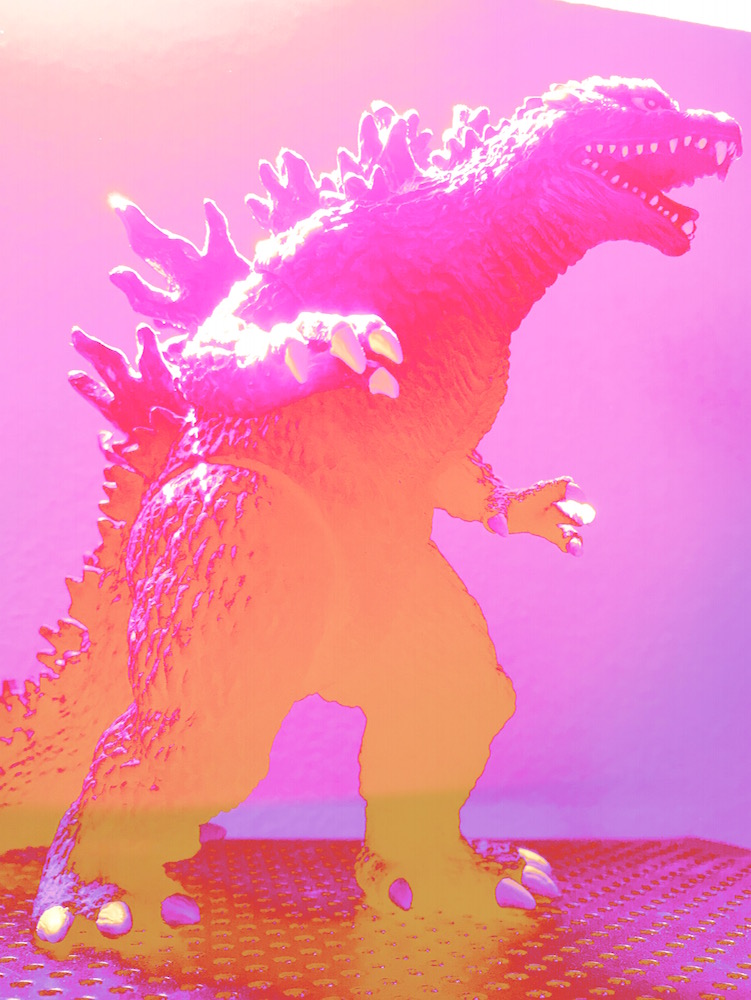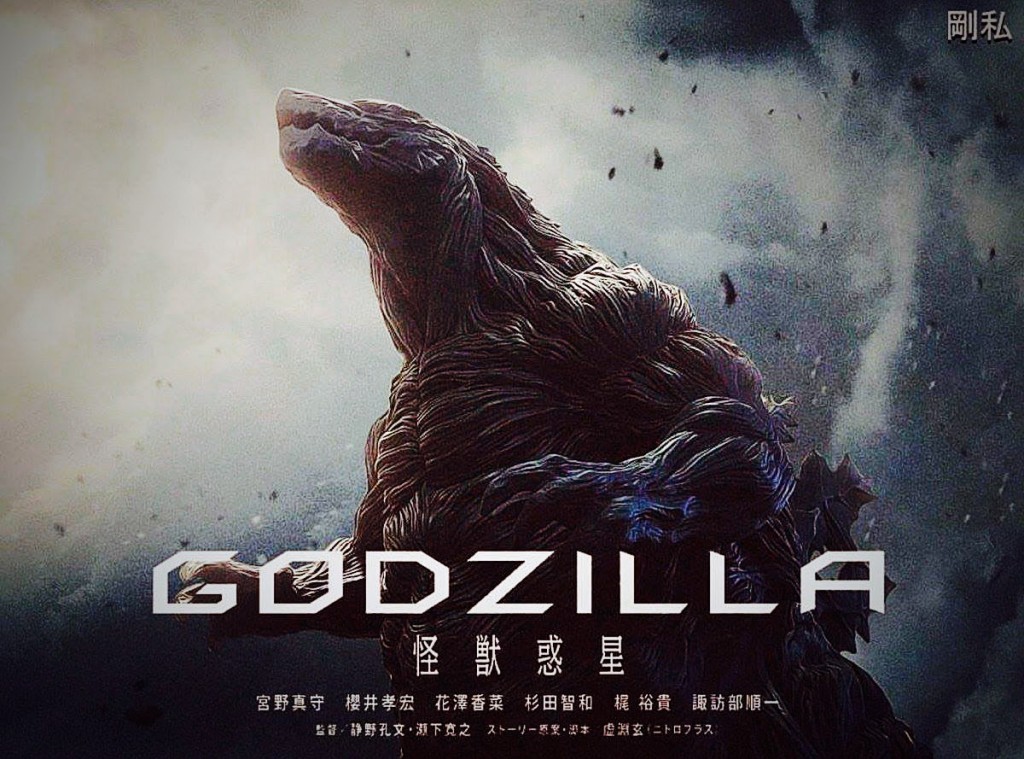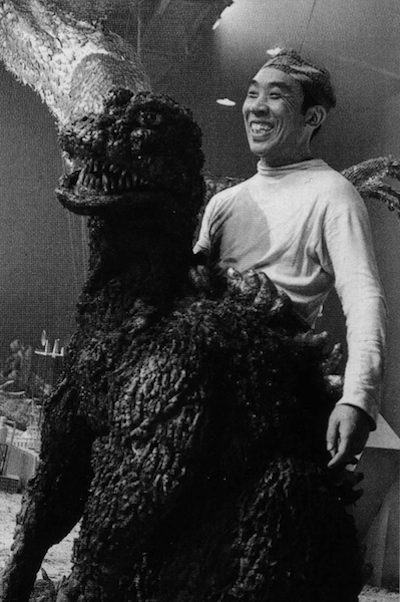Godzilla Minus One Is One of the Crowning Achievements of the Series
The Godzilla franchise turns seventy next year, and 2023 has been chock-full of new G-media to get everyone amped. Godzilla: Tokyo S.O.S. and Godzilla 2000: Millennium got special theatrical re-releases. Shigeru Kayama’s original novelizations of Godzilla and Godzilla Raids Again were finally published in English translations. AppleTV produced Monarch: Legacy of Monsters, a new episodic series based on Legendary’s Monsterverse. Toho released new short Godzilla films with the famous monster smacking around Gigan and Megalon in old-school grudge matches.
The biggest gift arrives this weekend: Godzilla Minus One, Toho’s first live-action film since 2016’s Shin Godzilla. And what a gorgeous, furious, thrilling, tear-stained gift it is. It’s a fitting anniversary homage to the creators of the 1954 classic, especially original director Ishiro Honda, and easily one of the best Godzilla films—and best giant monster films—ever made. It places Godzilla into a period setting for the first time and fills the screen with exciting kaiju terror and an engrossing human story that doesn’t exist just to string along the spectacle. This is the Godzilla film that conventional wisdom says couldn’t be made. Yet here it is … because conventional wisdom is rarely genuine wisdom.
